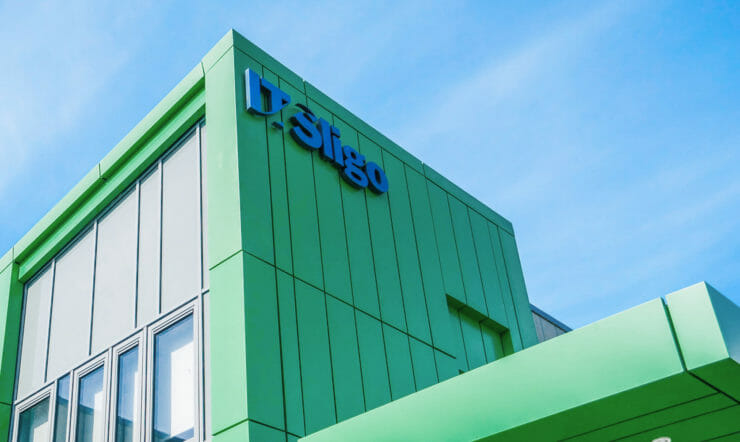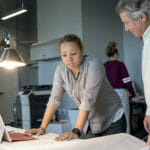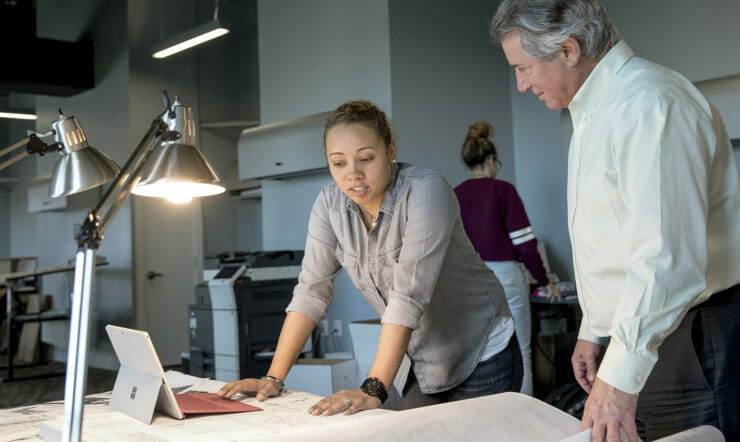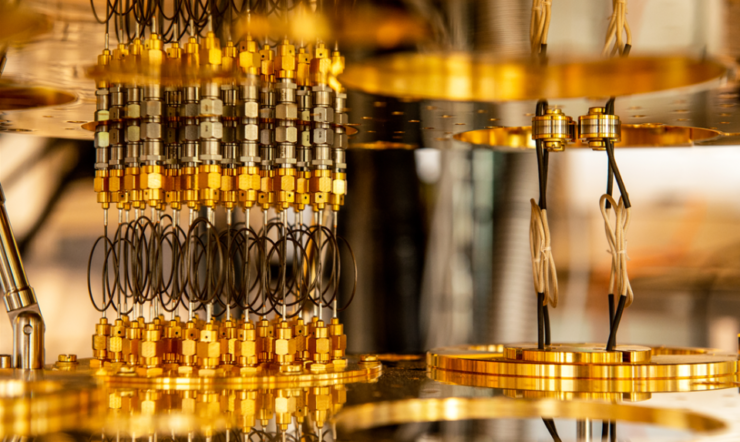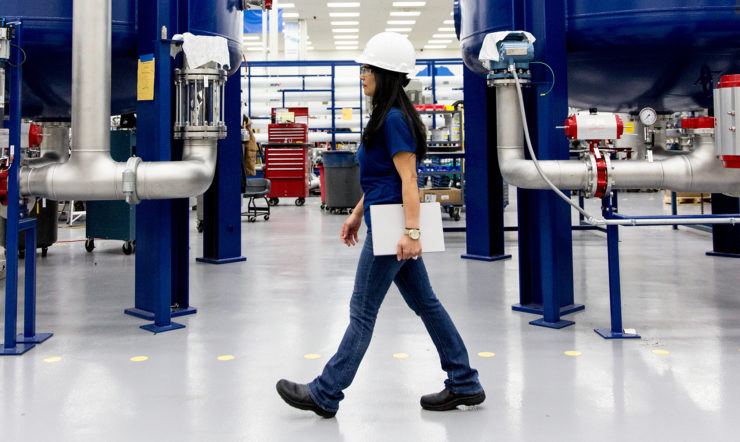Professor Leo Kouwenhoven is a key member of Microsoft’s quantum team – and leads a team of researchers and engineers at the Microsoft Quantum Lab in Delft, in the Netherlands. We asked Professor Leo why it’s so difficult to build a quantum computer.
Why is it so hard to build a quantum computer? We don’t have all the answers to this question. But we do know that in the world of atoms and molecules, the rules that govern their behaviour are quantum. In our world – the world of falling balls and apples – the rules are classical. What we don’t know, just yet, is the connection between the two sets of rules.
What we need to do – to build a quantum computer – is use our classical understanding to build and control a quantum system. And that’s not easy. We’re using classical signals and objects and attempting to ‘bring to life’ the quantum behaviour in those materials.
But it’s not the quantum mechanics as in atoms and molecules. Here we use electronic chips – and we design and control them in such a way that the dominant behaviour of the electrons in those chips is quantum.
Quantum in your pocket
You might think that a quantum computer is really small, because we’re making use of smaller particles to make a quantum circuit, but that’s not entirely true. The quantum circuit itself is very small – smaller than the eye can see. But the machine you need to cool it down and to control it is huge. Well, compared to the computers we have in our pockets today.
Why do we need to cool the circuit down with such big machines? Well, we need to get them down to almost absolute zero – zero Kelvin – to make the dominant behaviour in those chips quantum.
At room temperature, everything is classical, not quantum – where objects are in superposition. That is, in two different positions at the same time. At these very low temperatures, achieved by metres’-tall refrigerators, we can make things quantum.
And that’s not something you’d want to put in your pocket!
Microsoft’s quantum approach
Microsoft’s approach to quantum computing is different. It’s what’s called ‘topological’. Traditionally, building a quantum circuit is like building a house of cards. You’re trying to build a large structure by putting cards on top of each other, and the slightest noise or interference from the outside will destroy the house of cards.
With a topological circuit, built with topological qubits, we have something more like Lego bricks. With Lego, you can more easily connect the bricks together, and build huge structures without making the structure weaker.
That’s the big difference between building circuits with qubits versus circuits with topological qubits. A house of cards gets bigger and more unstable, whereas a Lego structure gets bigger and stronger.
‘The future is quantum’
Our collaborative approach to quantum means we can speed up scientific learning and take computing to the next level. These scientific breakthroughs are only possible with the help of engineering and theory, working together.
With a stable topological qubit, we can scale quickly, and help to solve some real-life problems with quantum computing. Problems such as climate change, health issues, financial challenges, optimisation puzzles, like traffic jams, robotics, and much, much more.
By connecting a quantum computer to the Azure cloud platform, we can make this computational power available to many more people – and empower them, and you, to do amazing things.
We believe that the future is quantum – and Microsoft is committed to empowering this revolution. And we want you to be a part of it too.
